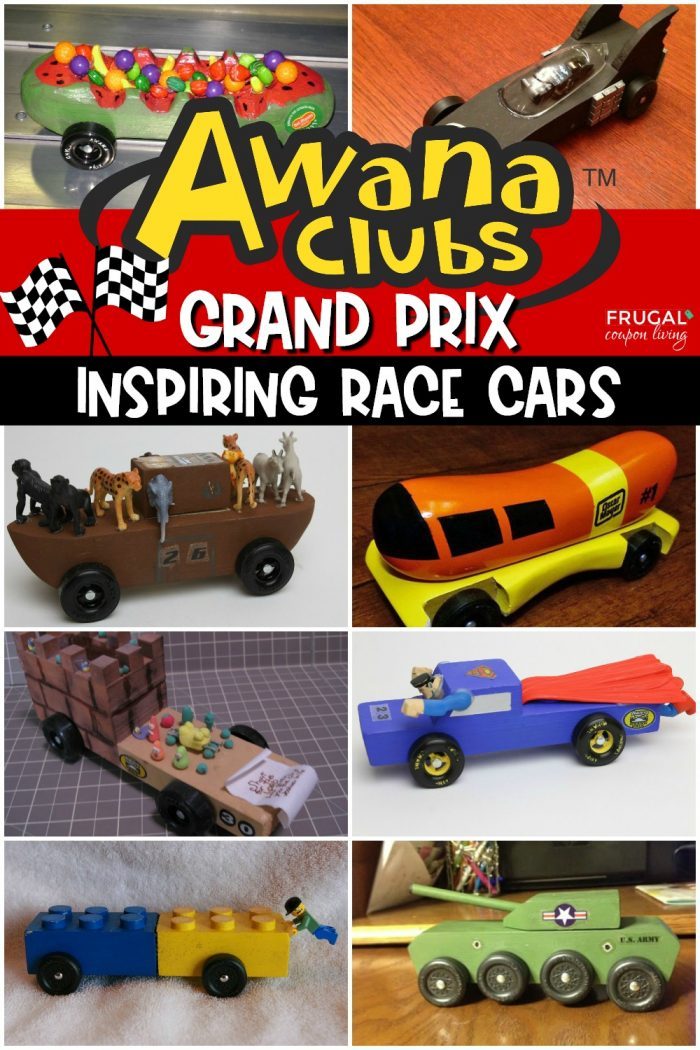Table of Contents:
- Introduction to Grand Prix Awana Cars
- Choosing the Right Car Body Design
- Weight Distribution Techniques
- Wheel Alignment and Axle Polishing
- Painting and Decorating your Car
- Adding Accessories and Enhancements
- Testing and Fine-tuning your Car
1. Introduction to Grand Prix Awana Cars
The Grand Prix Awana is an exhilarating event where kids build their own wooden cars and race them down a track. This article will guide you through the process of designing and building your very own winning car.
2. Choosing the Right Car Body Design
Explore various car body designs and learn how each design can impact your car's speed and stability. Discover the secrets behind aerodynamics and find the design that suits your racing goals.
In the Grand Prix Awana Car Designs competition, choosing the right car body design plays a crucial role in achieving optimal performance. The design of the car body not only impacts the car's aesthetics but also influences its speed, stability, and overall performance on the track.
When selecting a car body design, it is important to consider several factors. First and foremost, aerodynamics play a significant role. A sleek and streamlined design reduces air resistance, allowing the car to cut through the air with minimal drag. This, in turn, increases the car's speed and enhances its performance on the race track.
Another important aspect to consider is the weight distribution. A well-balanced car body design ensures proper weight distribution between the front and rear wheels. This balanced distribution enhances stability and control, allowing the car to maneuver smoothly around corners and curves.
The shape and size of the car body design also affect its overall performance. Opting for a narrower and low-profile design helps in reducing the frontal area of the car, thus minimizing air resistance. Additionally, incorporating aerodynamic features such as spoilers, side skirts, and diffusers can further improve the car's overall performance by generating downforce and reducing turbulence.
Furthermore, the material used for constructing the car body is vital. Lightweight materials, such as carbon fiber or aluminum, are preferred as they help in reducing the overall weight of the car. This, in turn, allows for better acceleration and maneuverability on the track.
In conclusion, when participating in the Grand Prix Awana Car Designs competition, it is crucial to carefully choose the right car body design. Considering factors such as aerodynamics, weight distribution, shape, and material can greatly impact the car's speed, stability, and overall performance on the race track.
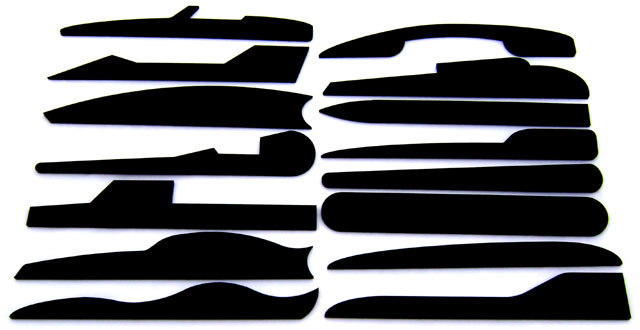
3. Weight Distribution Techniques
Understand the significance of weight distribution in achieving optimal performance. Learn about different techniques to balance weight distribution and improve your car's speed and control on the track.
In Grand Prix Awana car designs, weight distribution plays a crucial role in determining the overall performance of the car on the race track. Here are three important weight distribution techniques that are commonly used:
1. Rear Weight Bias
A popular technique is to bias the majority of the weight towards the rear of the car. This is done by placing heavier materials or weights towards the rear axle. Rear weight bias provides better traction to the rear wheels, which can help increase acceleration and prevent wheel spin. However, excessive rear weight bias can cause instability at high speeds, so it's important to find the right balance.
2. Front Weight Bias
Another technique is to distribute more weight towards the front of the car. This can be achieved by placing weights or heavier materials near the front axle. Front weight bias improves stability during high-speed straightaways and helps maintain better control while turning. However, too much front weight bias can lead to increased friction and drag, which can negatively impact speed.
3. Balanced Weight Distribution
For optimal performance, a balanced weight distribution approach is often used. This involves distributing the weight evenly between the front and rear axles. Balanced weight distribution allows for better traction and handling, providing a more predictable and stable race experience. It also helps in reducing the risk of wheel spin or excessive drag, allowing the car to reach higher speeds while maintaining control.
In conclusion, weight distribution techniques in Grand Prix Awana car designs greatly influence the performance and stability of the car on the race track. Whether it's a rear weight bias, front weight bias, or a balanced weight distribution, finding the right balance is essential for maximizing speed, traction, and overall control.
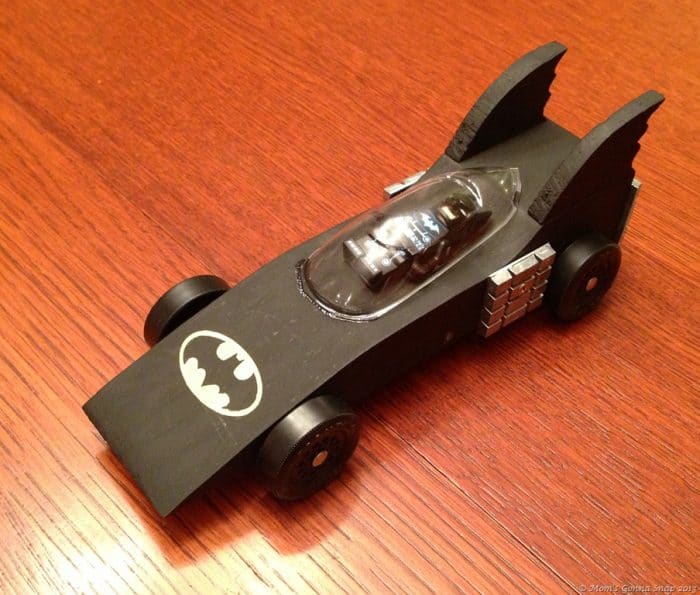
4. Wheel Alignment and Axle Polishing
Discover the importance of proper wheel alignment and axle polishing in reducing friction and maximizing speed. Learn step-by-step instructions on how to align wheels and polish axles for optimum performance.
In the world of Grand Prix Awana car designs, proper wheel alignment and axle polishing play crucial roles in achieving optimal performance and speed. These two aspects greatly impact the car's overall stability and handling during the race.
Wheel Alignment
Wheel alignment refers to the positioning and adjustment of the car's wheels according to the manufacturer's specifications. When the wheels are correctly aligned, they are parallel to each other and perpendicular to the ground. This alignment ensures that the car moves straight without any pulling or drifting tendencies.
During the construction of a Grand Prix Awana car, wheel alignment can be achieved by adjusting the placement and angling of the axles. Proper alignment is vital because any deviation from the desired position can cause unnecessary friction, leading to slower speeds and decreased stability. Hence, careful attention must be given to aligning the wheels accurately for optimal performance.
Axle Polishing
Axle polishing is another important step in maximizing a Grand Prix Awana car's performance. By polishing the axles, any rough surfaces or imperfections that could hinder the wheels' movement are removed. This process reduces friction between the axles and the wheels, allowing the car to roll smoothly and gain speed efficiently.
A well-polished axle is crucial in minimizing energy loss and maximizing speed potential. Care should be taken to remove any burrs or irregularities using sandpaper or a specialized axle polishing kit. By creating a smooth and polished surface, the car's performance is greatly enhanced.
Wheel alignment and axle polishing are fundamental aspects in the construction of a competitive Grand Prix Awana car. Proper wheel alignment ensures stability and straight movement, while axle polishing minimizes friction, enabling the car to roll smoothly. Paying attention to these two factors will significantly improve a car's performance, allowing it to achieve its maximum potential during races.
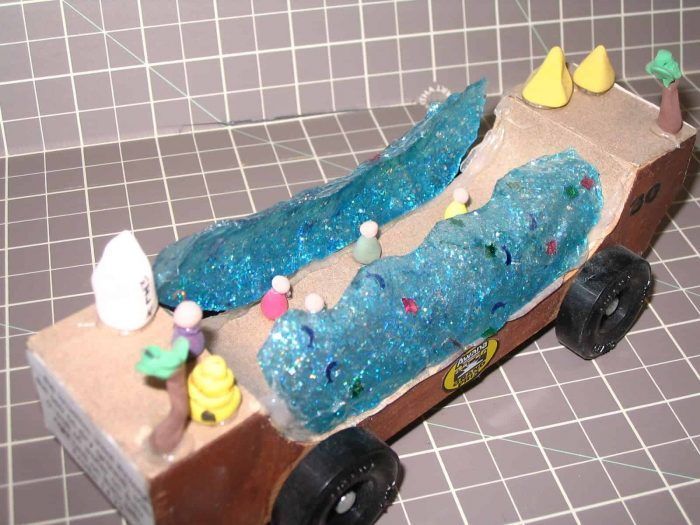
5. Painting and Decorating your Car
Add a personal touch to your car by painting and decorating it. Find creative ideas, tips, and techniques to make your car visually appealing while ensuring it remains within the race rules and regulations.
If you're participating in a Grand Prix Awana car event and want to make your car stand out, here are some tips for painting and decorating your car:
1. Plan Your Design
Before you start painting, plan out the design you want for your car. Consider using colors and patterns that align with the Grand Prix theme and the Awana logo. Sketch out your design on paper to get a visual representation of how it will look on your car.
2. Prepare the Surface
Make sure the surface of your car is clean and free from dust or dirt. Use a mild soap and water to wash the car thoroughly. If there are any rough patches, sand them down gently. Mask off any areas you don't want to paint using masking tape or painter's tape.
3. Use Quality Paint
Invest in good quality paint specifically designed for automotive use. Consider using spray paint cans for smooth and even coverage. Start with a primer to create a smooth base, then apply multiple coats of paint in your desired colors. Allow each coat to dry before applying the next one.
4. Add Graphics and Designs
To make your car truly unique, consider adding graphics and designs using decals or stickers. You can find a variety of Grand Prix and Awana-themed stickers online or at hobby stores. Make sure to carefully apply them to your car's body to avoid any air bubbles or wrinkles.
5. Finish with a Clear Coat
Once your paint and decals have dried, apply a clear coat to protect the finish and add a glossy shine to your car. This will help preserve your design and prevent it from chipping or fading over time. Allow the clear coat to dry completely before handling or racing your car.
By following these steps, you can transform your Grand Prix Awana car into a stunning and eye-catching design that will surely turn heads during the event!
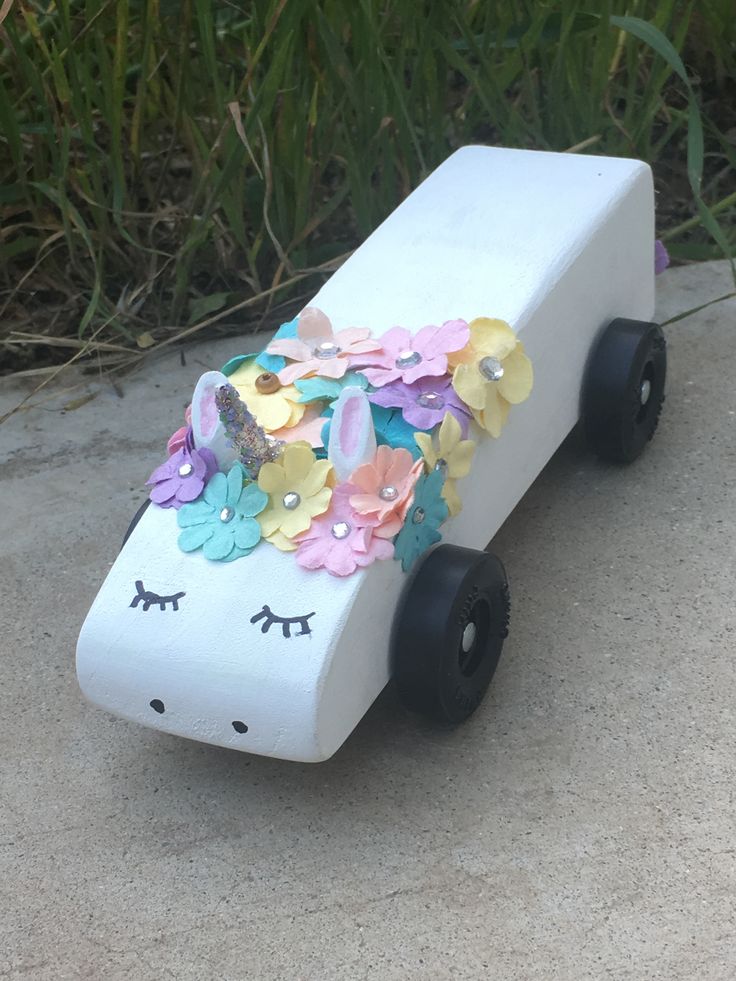
6. Adding Accessories and Enhancements
Learn about different accessories and enhancements you can add to your car to improve its performance and stand out from the competition. From weights to lubricants, discover the secrets to gaining that extra advantage on the race track.
When it comes to designing your Grand Prix Awana car, adding accessories and enhancements can take your car to the next level. Not only can these additions make your car look cooler, but they can also improve its performance on the track.
1. Weight Placement:
Adding weight strategically to your car can optimize its speed and stability during the race. Experiment with different weight placements to find the ideal balance.
2. Wheel Modifications:
Upgrading your car's wheels can greatly enhance its performance. Consider using polished or graphite-coated wheels for reduced friction and better speed.
3. Axle Improvements:
Polishing or lubricating your car's axles can reduce friction, allowing the wheels to spin freely. This improvement can result in a faster car.
4. Decals and Paint:
Adding decals and using high-quality paint can give your car a professional and eye-catching look. Get creative with designs and colors to stand out from the competition.
5. Aerodynamic Enhancements:
Streamlining your car's shape can minimize drag and improve its overall speed. Consider using sleek body designs or adding small spoilers for an aerodynamic advantage.
6. Lighting Effects:
Add some extra flair to your car by incorporating lighting effects. LEDs or small light strips can create a visually appealing and attention-grabbing element during the race.
Remember, it's important to adhere to the rules and regulations set by your Grand Prix Awana race organizers. Make sure to check the specific guidelines for accessories and enhancements before making any modifications.
With these accessories and enhancements, your Grand Prix Awana car will not only look impressive but also have a better chance of winning the race!
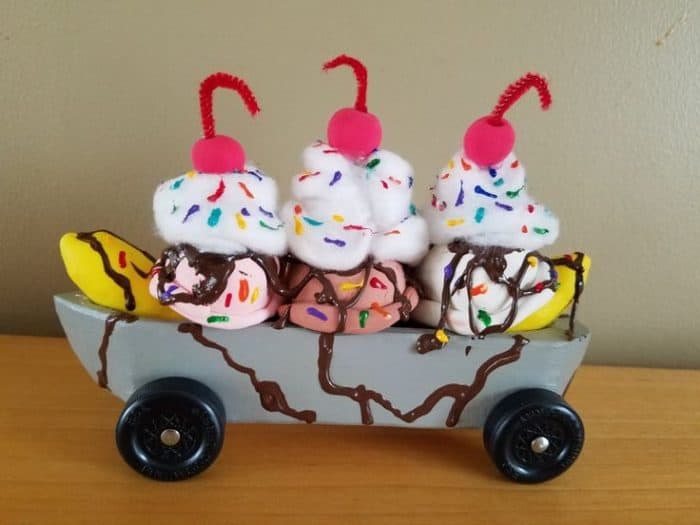
7. Testing and Fine-tuning your Car
Master the art of testing and fine-tuning your car to make those last-minute adjustments before the race. Explore different techniques to optimize performance and increase your chances of taking home the victory.
Once you have finished building your Grand Prix Awana Car, the next step is to test and fine-tune it to ensure optimum performance on the track. Testing your car before the actual race allows you to identify any issues and make necessary adjustments.
1. Checking Weight Distribution
Begin by checking the weight distribution of your car. The weight should be evenly distributed to prevent the car from leaning to one side during the race. If the car is unbalanced, add or remove weight as needed.
2. Lubricating the Wheels
Proper wheel lubrication is essential for smooth movement. Apply a small amount of graphite or other appropriate lubricant to each wheel axle, ensuring that they spin freely. This reduces friction and enhances speed.
3. Checking Wheel Alignment
The alignment of your car's wheels plays a significant role in its performance. Make sure all four wheels are aligned straight and parallel to the car body. If necessary, adjust the alignment using pliers or a wrench.
4. Adjusting Axle Straightness
Straight axles are crucial for reducing wobbling and ensuring a smooth ride. Check the axles for any bends or imperfections and straighten them if needed. This helps in maintaining stability during the race.
5. Testing on a Track
Find a suitable track or a designated testing area to try out your car's performance. Take several trial runs to observe how it performs, noting any irregularities or areas that require improvement. Pay attention to speed, balance, and overall stability.
6. Making Necessary Adjustments
Based on the test runs, make necessary adjustments to fine-tune your car. This may include weight redistribution, wheel alignment changes, or other modifications to improve performance. Keep testing and making adjustments until you are satisfied with the results.
7. Preparing for the Grand Prix Awana Car Race
Once your car is fully tested and fine-tuned, it is ready for the Grand Prix Awana Car Race. Clean and polish your car, ensuring it complies with all race rules and regulations. Practice starts and perfect your racing strategy to increase your chances of success in the race.
Remember, testing and fine-tuning are essential steps in optimizing your car's performance. By dedicating time and effort to these steps, you can enhance your car's speed, stability, and overall performance on race day.
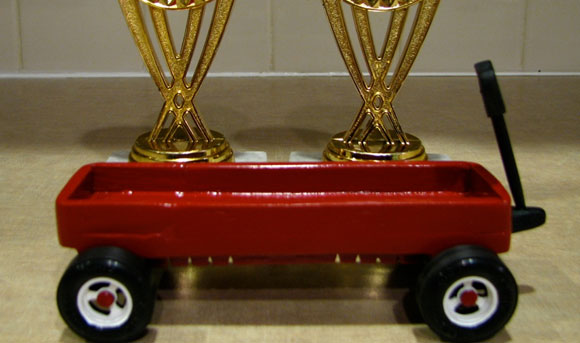
Key Takeaways
- Grand Prix Awana cars combine creativity and engineering skills.
- Choosing the right design and weight distribution are crucial for speed.
- Proper wheel alignment and axle polishing reduce friction and enhance performance.
- Decorating and adding accessories can make your car stand out.
- Testing and fine-tuning are essential to optimize your car's performance.
Frequently Asked Questions
- Q: How much does it cost to participate in the Grand Prix Awana event?
- A: The cost varies depending on your local Awana club. Please contact your club leaders for more information.
- Q: Can adults participate in the Grand Prix Awana?
- A: Grand Prix Awana is primarily for kids, but some clubs may have special races for adults. Contact your local club for more details.
- Q: Can I use pre-made car kits?
- A: Yes, pre-made car kits are available. However, this article focuses on designing and building a car from scratch.
